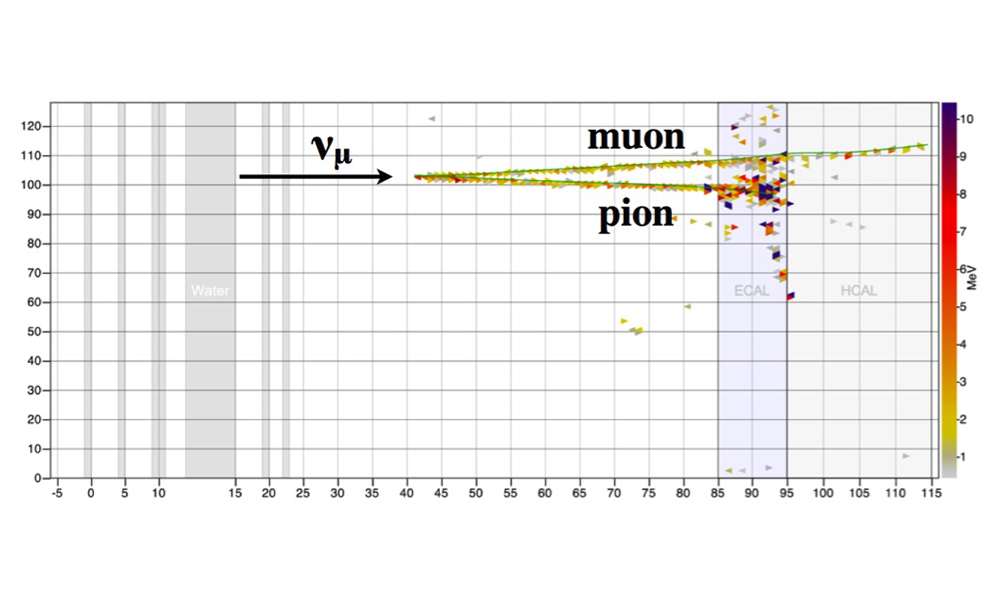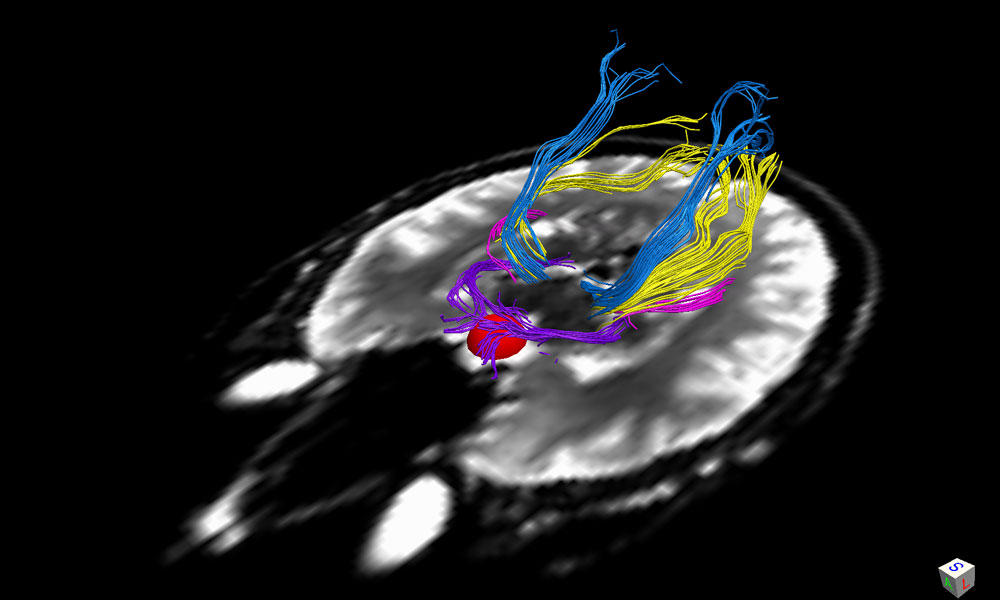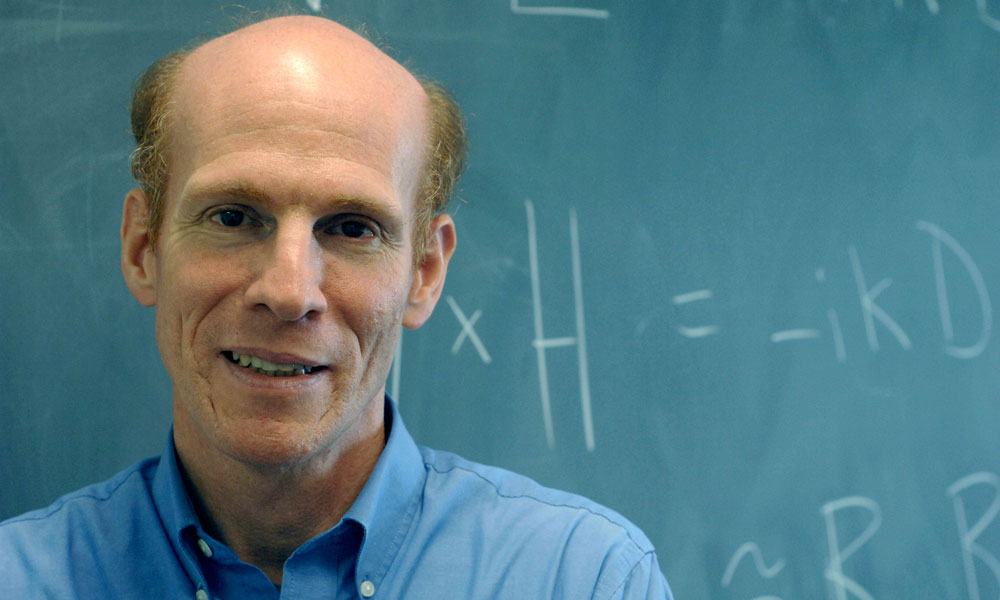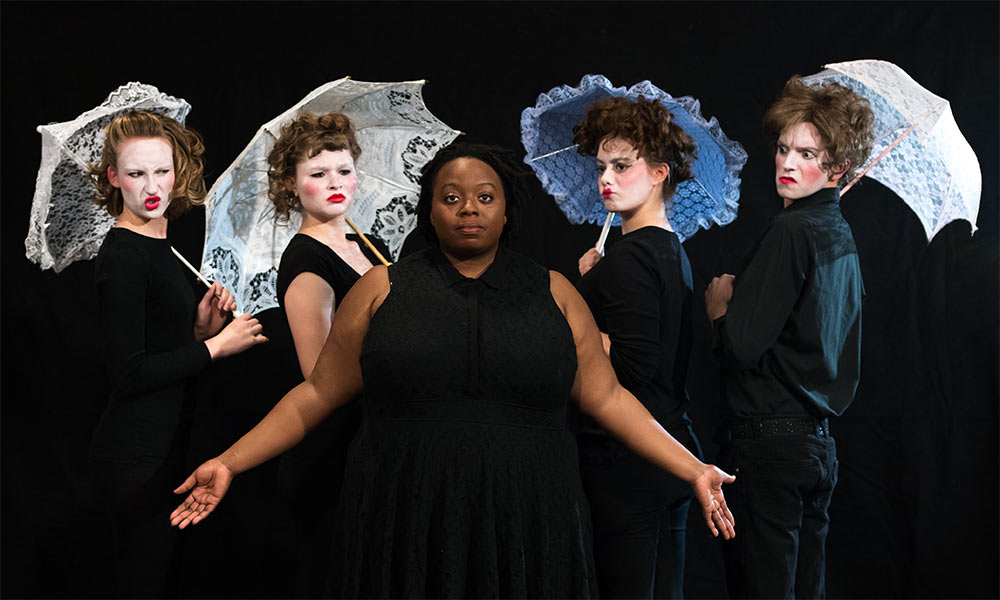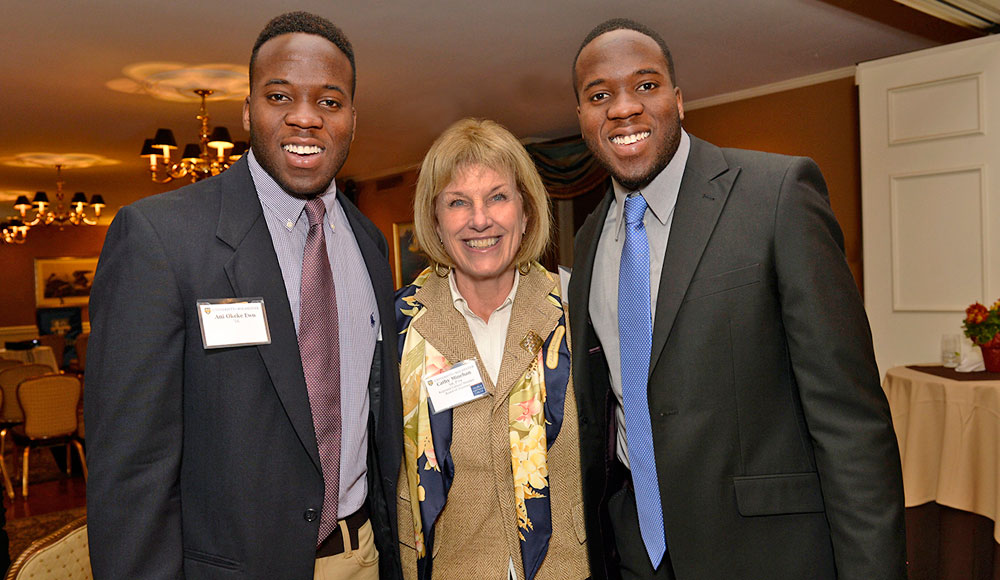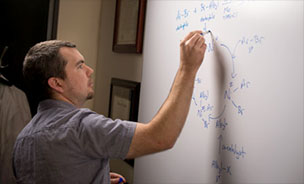
Science & Technology
Daniel Weix to receive a Novartis Early Career Award
January 15, 2015
Novartis, a multi-national pharmaceutical company based in Switzerland, honors two scientists each year who are “within 10 years of having established an independent academic research career in the areas of organic or bioorganic chemistry in the broadest sense.” The Novartis Early Career Award comes with a $150,000 grant over three years to continue the recipient’s research.


